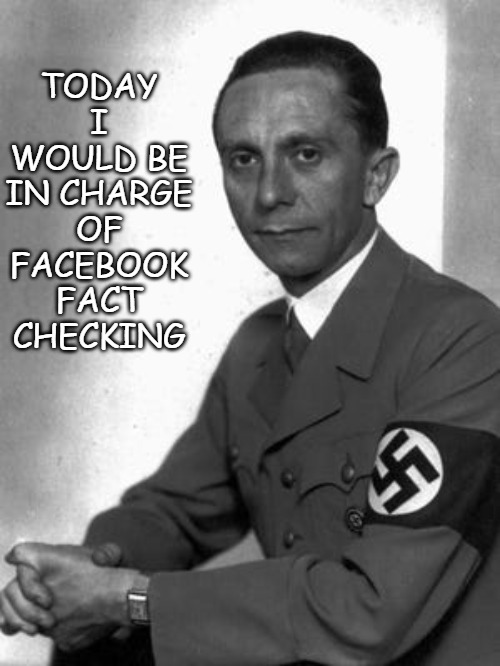Hydrogen producers can get up to $25B per EJ in federal tax credits! That’s 9x solar, 47x wind, & 1,800x hydrocarbonsThe late Charlie Munger ...
was the vice chairman at Berkshire Hathaway, the conglomerate headed by his friend and colleague,
Warren Buffett. Munger, a native of Omaha, had many pithy sayings, but among his most memorable was:
“Show me the incentives, and I’ll show you the outcome.”Whenever you wonder why the U.S. isn’t building more nuclear power plants and is
instead lavishing hundreds of billions of dollars on politically popular forms of alt-energy, remember Munger’s line.
As I noted in May in “
The H Stands For Hype,” few segments of the energy sector have gotten more media hype in recent years than hydrogen.
- That hype has gone into overdrive because of fat government subsidies.
The German government has earmarked some $14.2 billion for investment in about two dozen hydrogen projects.
I continued:
Here in the U.S., the 45V tax credit in the Inflation Reduction Act provides lucrative subsidies for hydrogen production. Big business is lining up to get those subsidies. In February, energy giant Exxon Mobil warned that it might cancel a proposed hydrogen project at its Baytown, Texas refinery depending on how the Treasury Department interpreted the “clean” hydrogen rules in the IRA. Regardless of tax credits and subsidies, making and using hydrogen is a high-entropy, high-cost process. As a friend in the oil refining business told me last year, “If you like $6-per-gallon gasoline, you’re gonna love $14-to-$20-per-gallon hydrogen.”…Hydrogen is insanely expensive, in energy terms, to manufacture. It takes about three units of energy, in the form of electricity, to produce two units of hydrogen energy. In other words, the hydrogen economy requires scads of electricity (a high quality form of energy) to make a tiny molecule that’s hard to handle, difficult to store, and expensive to use.














